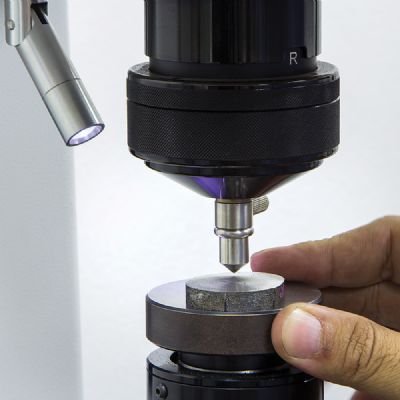Stamping is No Good-Who Gets the Blame?
June 1, 2013Comments
Happens all the time—rejected stampings start the finger pointing, and the press-shop owner’s cry for an explanation is answered by a material supplier refusing to accept responsibility. “Thousands of other stampings are made daily by other press shops using the identical material,” says the material supplier. “Therefore, the press/die combination must be faulty.” The press-shop owner counters that the material must be at fault “because similar material from other suppliers results in perfect stampings in my press/die combination.”
The blame game has begun, and when it ends (hypothetically), both the workpiece material and the press/die are off the blame list. Instead, the rejection occurs because the material properties do not match the requirements of the press and die. The supplier and the press shop share the blame because neither has acquired and exchanged the data needed to ensure a successful match resulting in an acceptable stamping.
Metalformers and their material suppliers have struggled to match material properties to the needs of the press/die for several reasons:
1) Metalforming as a system is complex and difficult to understand. Decades ago, the properties of low-strength mild steel and high-strength low-alloy (HSLA) steel were simple, easily measured and well-controlled. Yield and tensile strength, total elongation and hardness readings were sufficient to predict material formability. A material’s hardness predicts its resistance to surface wear, and has little correlation to formability. Instead, the more important forming parameters of sheetmetal forming to track include work-hardening exponent (n-value), strain-rate hardening (m-value), directionality of properties (r-value), forming-limit curves (FLC) and change of microstructure during forming.
2) Unfortunately, much of this characterization and understanding has been confined to the research laboratory and has been slow to be integrated into day-to-day press-shop operations. A tremendous disparity exists in the level of metalforming knowledge between the OEM/Tier 1 stampers at one end of the supply chain and lower-tier stampers at the other end. Similar disparities exist between major mills and smaller service centers and warehouse suppliers.
3) In all analysis projects, disassembly is easy while shops struggle with synthesis. A laboratory can dissect a complex stamping into a number of unique forming components, each capable of being studied in isolation. Engineers can quantify relationships between each forming operation and the controlling material properties, as well as other process variables. The reverse, though, proves difficult. Different forming operations are controlled by different material properties; assigning levels of difficulty to each forming mode requires the amount of deformation required to reach the final shape. The interaction between forming modes initially is unknown and available only after the stamping is completed.
4) We are great at post-mortems but poor at predictions. We can use SPC to chart historical trends and identify production blips in great detail. We rarely, however, can predict the exact behavior of a future press run, even if we know the performance of the previous 10 or 20 runs. Compare this to doctors proficient at identifying the cause of death but unable to accurately predict how long a suggested treatment will extend a patient’s life.








